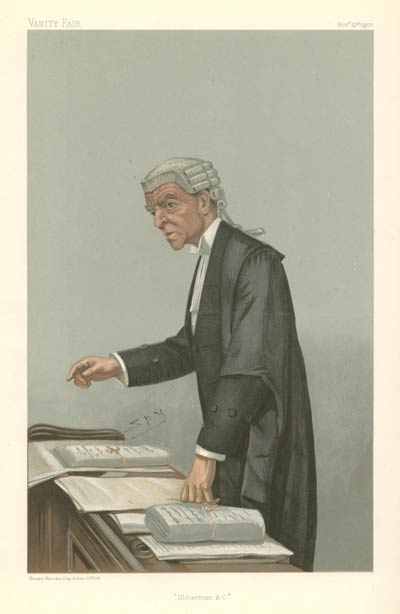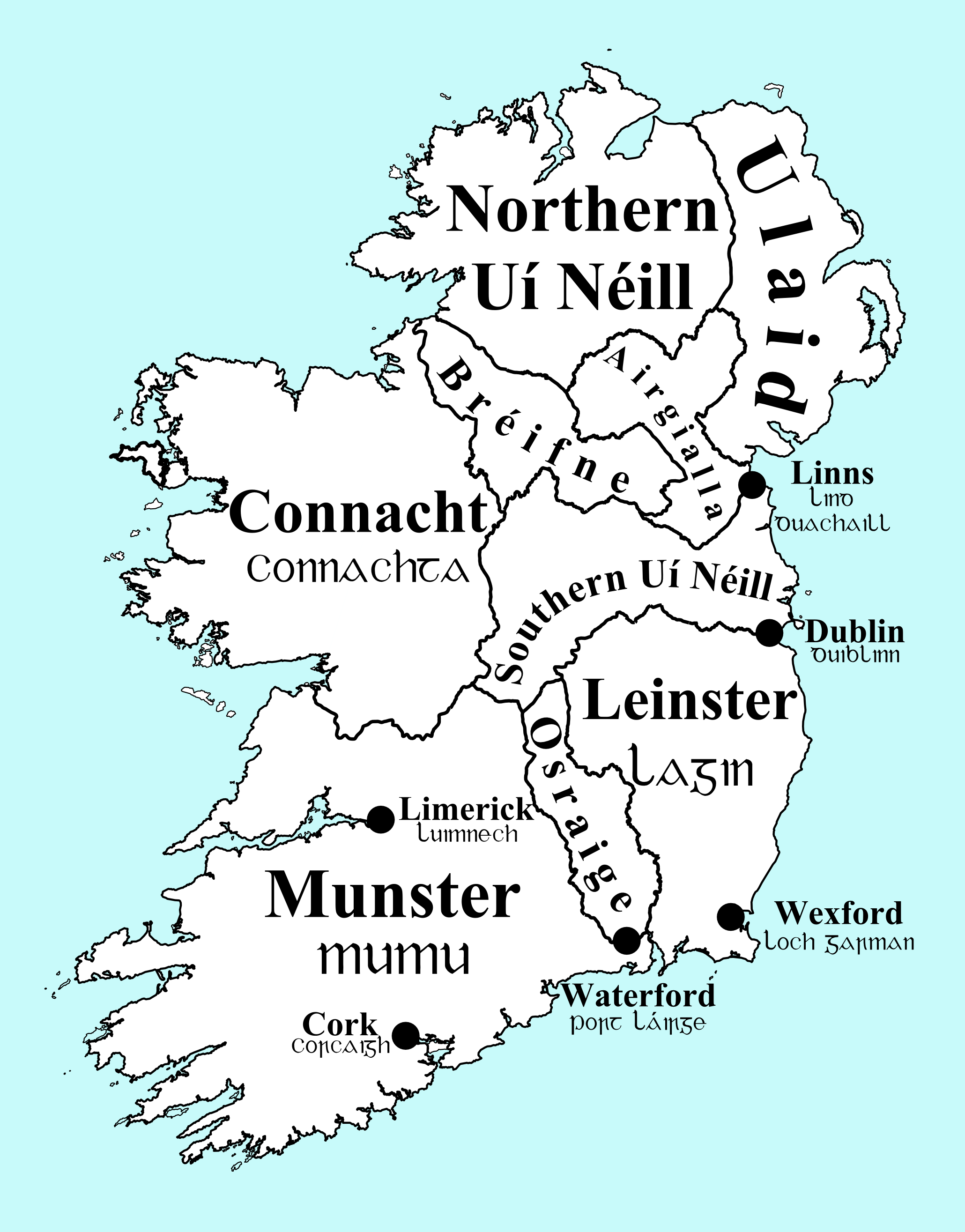|
Anthony Foster
Anthony Foster of Dunleer (1705 – April 1779), of Collon, County Louth, was an Anglo-Irish politician and judge. Early life He was the eldest son of John Foster, MP for Dunleer, and his wife Elizabeth Fortescue, youngest daughter of William Fortescue of Newrath, who was a member of the Fortescue family which later held the title Earl of Clermont. The Fosters had come to Ireland from Cumberland in the previous century and had acquired lands and political influence in Louth. He was Chief Baron of the Irish Exchequer 1766–1777. Prior to his appointment to the Bench, he represented the family constituency of Dunleer in the Irish House of Commons from 1738 to 1761 and subsequently County Louth from 1761 to 1767.Ball, F. Elrington ''The Judges in Ireland 1221-1921'' John Murray London 1926 Vol.2 p.213 Career He attended the school in Dublin run by Thomas Sheridan, the friend of Jonathan Swift and grandfather of Richard Brinsley Sheridan.Ball p.214 He matriculated from t ... [...More Info...] [...Related Items...] OR: [Wikipedia] [Google] [Baidu] |
King's Counsel
A King's Counsel (Post-nominal letters, post-nominal initials KC) is a senior lawyer appointed by the monarch (or their Viceroy, viceregal representative) of some Commonwealth realms as a "Counsel learned in the law". When the reigning monarch is a woman, the title is Queen's Counsel (QC). The position originated in England and Wales. Some Commonwealth countries have retained the designation, while others have either abolished the position or renamed it so as to remove monarchical connotations — for example, "Senior Counsel" or "Senior Advocate". Appointment as King's Counsel is an office recognised by courts. Members in the UK have the privilege of sitting within the inner Bar (law), bar of court. As members wear silk gowns of a particular design, appointment as King's Counsel is known informally as ''taking silk'' and KCs are often colloquially called ''silks''. Appointments are made from within the legal profession on the basis of merit and not a particular level of expe ... [...More Info...] [...Related Items...] OR: [Wikipedia] [Google] [Baidu] |
Bishop Of Meath
The Bishop of Meath is an episcopal title which takes its name after the ancient Kingdom of Meath. In the Catholic Church it remains as a separate title, but in the Church of Ireland it has been united with another bishopric. History Until the early twelfth century, the Kingdom of Meath had been divided into eight small monastic episcopal sees, which were located at Clonard, Duleek, Kells, Trim, Ardbraccan, Dunshaughlin, Slane, and Fore. By the time of the Synod of Rathbreasail, held in 1111, the last five had been united to the see of Clonard. Duleek was still recognized as a separate bishopric at the Synod of Kells, held in 1152, but disappeared not long after that date. The see of Kells was ruled together with Breifne (later Kilmore) in the second half of the twelfth century, but after 1211 Kells was incorporated into the diocese of Meath. During the twelfth century, the bishops of Clonard were frequently called the "bishop of Meath" or "bishop of the men of Meath". ... [...More Info...] [...Related Items...] OR: [Wikipedia] [Google] [Baidu] |
Bishop Of Dromore
The Bishop of Dromore is an episcopal title which takes its name after the original monastery of Dromore in County Down, Northern Ireland. In the Roman Catholic Church the title still continues as a separate bishopric, but in the Church of Ireland it has been united with other bishoprics. History The monastery of Dromore is believed to have been founded by St Colman, first bishop or abbot of Dromore, sometime between 497 and 513. The first building was a small wattle and daub church on the northern bank of the River Lagan. Only a couple of the names of the monastic-bishops survive. Mael-Brigid Mac Cathasaigh, bishop and abbot of Dromore, died in 972, and in the Annals of Ulster record the death of Riagán, bishop of Druim Mór, in 1101. The diocese of Dromore was established through the reorganisation of the Irish Church in the late 12th century, possibly at the synod held in Dublin in 1192 by the papal legate, Múirges Ua hÉnna, Archbishop of Cashel. The diocese coincided wit ... [...More Info...] [...Related Items...] OR: [Wikipedia] [Google] [Baidu] |
Dean Of Kilmore
The Dean of Kilmore is based at the Cathedral Church of St Fethlimidh in Kilmore in the Diocese of Kilmore within the united bishopric of Kilmore, Elphin and Ardagh. Prior to the 1841 amalgamation the cathedral was in the bishopric of Kilmore and Ardagh. The current dean is the Very Reverend Nigel Crossey, former chaplain at St Columba's College. List of deans of Kilmore *1619–1627 John Hill *1627–1637 Nicholas Bernard (afterwards Dean of Ardagh) *1637–1645 Henry Jones (afterwards Bishop of Clogher 1645) *1645–? Lewis Downes *1664–? Edward Dixie *?1690 William Jephson *1691–1700 Enoch Reader (afterwards Dean of Emly 1700) *1700–1700 Richard Reader *1700–1734 Jeremiah William Marsh *1734–1751 John Madden *1751–1765 Hon Henry Maxwell (afterwards Bishop of Dromore 1765) *1765–1768 Charles Agar (afterwards Bishop of Cloyne 1768) *1768–1797 Thomas Webb *1797–1801 George de la Poer Beresford (afterwards Bishop of Clonfert and Kilmacduagh ... [...More Info...] [...Related Items...] OR: [Wikipedia] [Google] [Baidu] |
Henry Maxwell (bishop)
Henry Maxwell, D.D. (1723–1798) was an Anglican clergyman who served in the Church of Ireland as the Dean of Kilmore, then Bishop of Dromore, and finally Bishop of Meath. Early life and family He was the youngest son of John Maxwell, 1st Baron Farnham and Judith Barry., ''The Province of Ulster'', p. 174. In 1759, he married Margaret Foster, daughter of the Rt. Hon. Anthony Foster, and sister of John Foster, 1st Baron Oriel. Their two sons, John and Henry, succeeded as the 5th and 6th Baron Farnham. Ecclesiastical career He was ordained a priest in the Anglican ministry on 14 February 1748, and three years later instituted the Dean of Kilmore on 28 December 1751. He was nominated Bishop of Dromore by King George III on 8 February 1765 and appointed by letters patent on 5 March 1765., ''The Province of Ulster'', p. 284., ''Handbook of British Chronology'', p. 390. His consecration took place at St Michael's Church, Dublin on 10 March 1765, the principal consecrator was Archbisho ... [...More Info...] [...Related Items...] OR: [Wikipedia] [Google] [Baidu] |
Bishop Of Clogher
The Bishop of Clogher (, ) is an episcopal title which takes its name after the village of Clogher in County Tyrone, Northern Ireland. Following the Reformation, there are now parallel apostolic successions: one of the Church of Ireland and the other of the Roman Catholic Church. History Clogher is one of the twenty-four dioceses established at the Synod of Ráth Breasail in 1111 and consists of much of south west Ulster, taking in most of counties Fermanagh and Monaghan and parts of Tyrone, Cavan, Leitrim and Donegal. Frequently in the Irish annals the Bishop of Clogher was styled the ''Bishop of Oirialla''. Between c. 1140 to c. 1190, County Louth was transferred from the see of Armagh to the see of Clogher. During this period the Bishop of Clogher used the style ''Bishop of Louth''. The title ''Bishop of Clogher'' was resumed after 1193, when County Louth was restored to the see of Armagh. Present Ordinaries ;In the Church of Ireland The present Church of Ireland b ... [...More Info...] [...Related Items...] OR: [Wikipedia] [Google] [Baidu] |
Bishop Of Kilmore
The Bishop of Kilmore is an episcopal title which takes its name after the parish of Kilmore, County Cavan in Ireland. In the Roman Catholic Church it remains a separate title, but in the Church of Ireland it has been united with other bishoprics. History The see of Kilmore was originally known as Breifne (Latin: ''Tirbrunensis'', ''Tybruinensis'' or ''Triburnia''; Irish: ''Tír mBriúin'', meaning "the land of the descendants of Brian", one of the kings of Connaught) and took its name after the Kingdom of Breifne., ''Handbook of British Chronology'', p. 362. The see became one of the dioceses approved by Giovanni Cardinal Paparoni at the synod of Kells in 1152, and has approximately the same boundaries as those of the ancient Kingdom of Breifne. In the Irish annals, the bishops were recorded of ''Breifne'', ''Breifni'', ''Breifny'', ''Tir-Briuin'', or ''Ui-Briuin-Breifne''. In the second half of the 12th century, it is likely the sees of Breifne and Kells were ruled ... [...More Info...] [...Related Items...] OR: [Wikipedia] [Google] [Baidu] |
Bishop Of Cork And Ross
The Bishop of Cork and Ross is an episcopal title which takes its name after the city of Cork and the County Cork town of Rosscarbery in the Republic of Ireland. The combined title was first used by the Church of Ireland from 1638 to 1660 and again from 1679 to 1835. At present the title is being used by the Roman Catholic Church The Catholic Church (), also known as the Roman Catholic Church, is the List of Christian denominations by number of members, largest Christian church, with 1.27 to 1.41 billion baptized Catholics Catholic Church by country, worldwid .... Church of Ireland bishops The Church of Ireland title was formed when the bishopric of Cork, Cloyne and Ross was separated in 1638 into bishopric of Cork and Ross and the bishopric of Cloyne. They were reunited in 1660, but again were separated in 1679. Since 1835, the sees of Cork, Cloyne and Ross have again been reunited under one bishop. Roman Catholic bishops The Roman Catholic title was forme ... [...More Info...] [...Related Items...] OR: [Wikipedia] [Google] [Baidu] |
William Foster (bishop)
William Foster of Dunleer D.D. (3 July 1744 – November 1797) was a Bishop of the several parishes in the Church of Ireland. Biography The younger son of Anthony Foster, Chief Baron of the Irish Exchequer, and his first wife Elizabeth Burgh, he was chaplain to the Irish House of Commons (1780–89), then successively Bishop of Cork and Ross (1789–1790), Bishop of Kilmore (1790–1796) and Bishop of Clogher (1796–1797). ''galton.org''. Retrieved 18 January 2009. He was the younger brother of . One of his first cousins, [...More Info...] [...Related Items...] OR: [Wikipedia] [Google] [Baidu] |
John Foster, 1st Baron Oriel
John Foster, 1st Baron Oriel PC (Ire) (1740 – 23 August 1828) was an Anglo-Irish politician and peer who thrice served as Chancellor of the Exchequer of Ireland and also served as the last speaker of the Irish House of Commons. Early life He was the son of Anthony Foster of Dunleer, County Louth County Louth ( ; ) is a coastal Counties of Ireland, county in the Eastern and Midland Region of Republic of Ireland, Ireland, within the Provinces of Ireland, province of Leinster. Louth is bordered by the counties of County Meath, Meath to the ..., Chief Baron of the Irish Exchequer (himself the son of John Foster of Dunleer, John Foster, MP for Dunleer (Parliament of Ireland constituency), Dunleer) by his first wife Elizabeth Burgh. Foster lived in Merville, now part of the University College Dublin Campus in Clonskeagh, which came into his ownership in 1778. He also inherited Collon House in County Louth from his father, and made extensive improvements to the house and gr ... [...More Info...] [...Related Items...] OR: [Wikipedia] [Google] [Baidu] |


